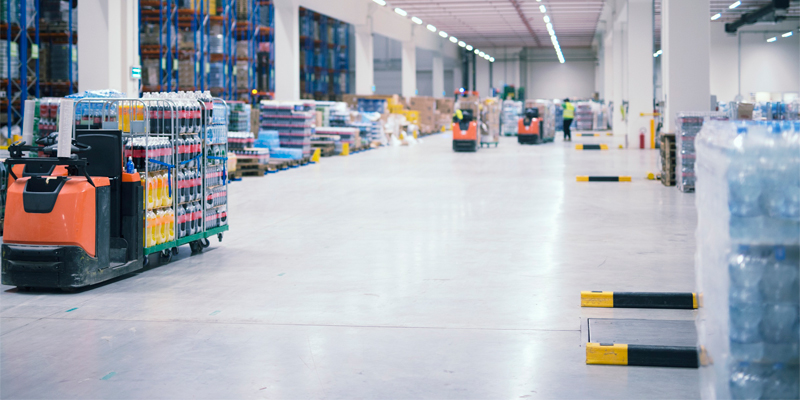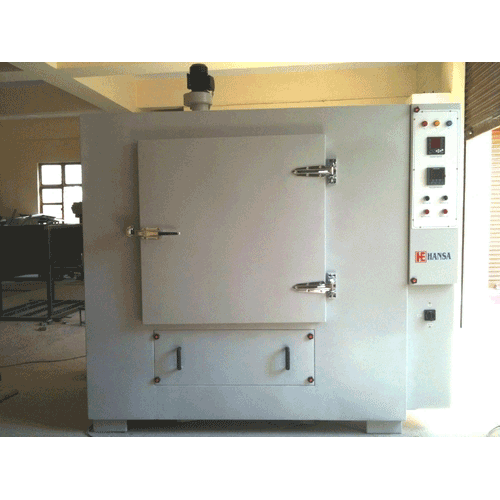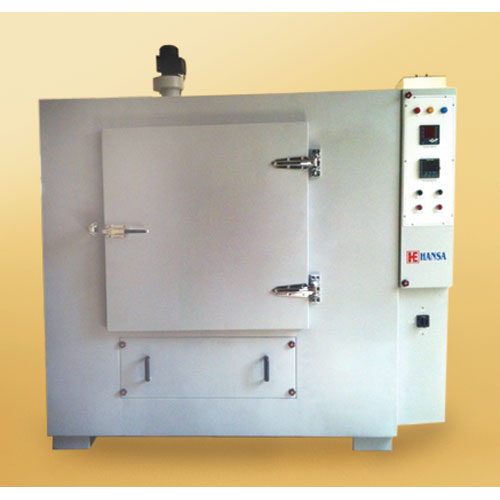Schedule a Call Back
How smart technology is redefining warehousing in modern commerce
 Articles
Articles- Jun 25,25

Related Stories

European machine tool makers see India as strategic partner: Filip Geerts
In this interview with Rakesh Rao, Filip Geerts, Director General, CECIMO, shares his insights into the challenges, opportunities, and outlook for the European and global machine tools sector
Read more
For Sugatsune, India is a canvas of possibilities: Anil Rana
In this interview with Rakesh Rao, Anil Rana, MD, Sugatsune India, explains how the company wants to become a trusted partner for Indian industries by deepening collaborations and expanding local ca..
Read more
Caliber Interconnects showcases AMRs and robotic handlers at Automation Expo
Caliber’s Autonomous Mobile Robots (AMRs) are AI-driven, customizable automation solutions engineered for industries such as warehouse logistics, manufacturing, e-commerce fulfilment, healthcare, ..
Read moreRelated Products

Heavy Industrial Ovens
Hansa Enterprises offers a wide range of heavy industrial ovens.

High Quality Industrial Ovens
Hansa Enterprises offers a wide range of high quality industrial ovens. Read more

Hydro Extractor
Guruson International offers a wide range of cone hydro extractor. Read more


















